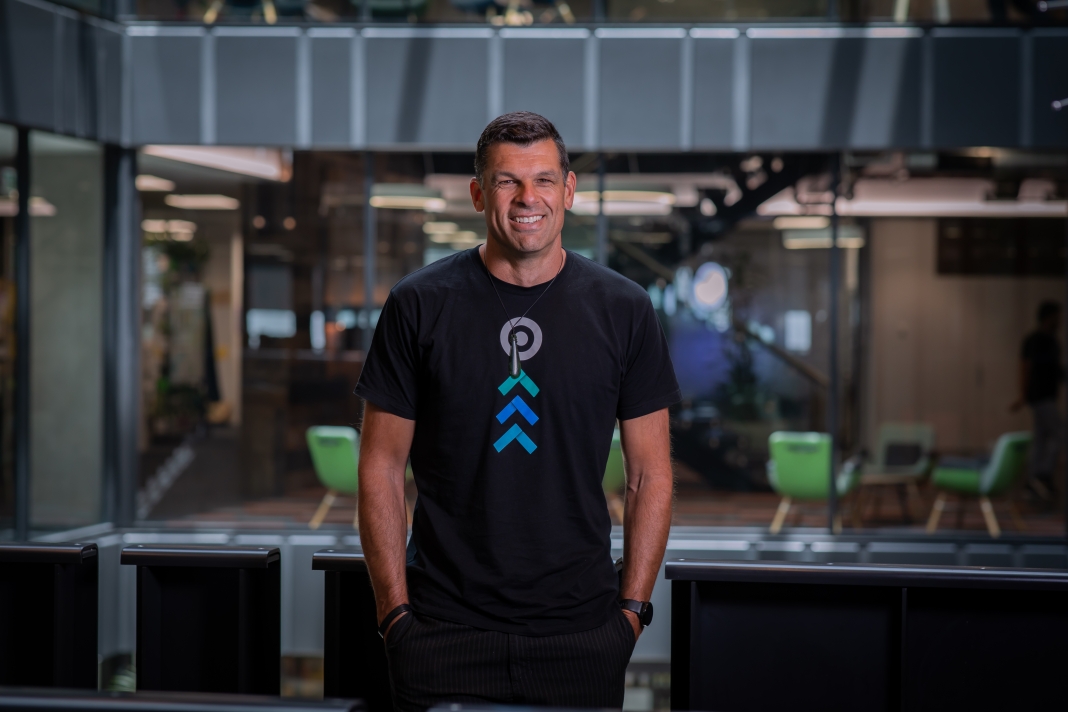I was recently asked, how do you balance looking after your people with the need to deliver commercial value? Simple – these two things are not mutually exclusive. You can be successful in business without compromising your ability to be human.
I go by the adage, “where focus goes, energy flows”. If you can focus on the building blocks of success, such as developing your people, instead of success alone, then success will follow. I believe people are the most valuable resource in a business and should be the core of everything we do.
The Xero leadership team went down to Waihi recently for a planning session, and there I met with Jason and Leah from SMYD Chartered Accountants, who were a finalist in the Small Partner of the Year category in the 2020 Xero Awards. We had a kōrero about wellbeing and the impact of this on business.
When he and his wife Leah started their accounting practice, they had one major focus in mind – a better lifestyle and ultimate wellbeing for themselves and their family. Now that they have expanded to a larger team, they have kept employee wellbeing top of mind – allowing staff to work flexible hours, and remotely from home -–meaning they can all put their family and lifestyle commitments first, and work around those.
Jason said by putting their people first, they have built an extremely loyal, motivated and engaged team who really care about their clients. And in turn, they’ve seen exponential business growth.
In fact, they’ve never needed to advertise SMYD’s services because word-of-mouth is so powerful for them. And I believe that comes down to focusing on the fact that people and their wellbeing are at the heart of their business.
Looking after your people’s wellbeing should be a priority for small business leaders. If you’re not convinced, let me give you the business case. Research commissioned by Xero and conducted by the New Zealand Institute of Economic Research (NZIER) shows that for every dollar invested in organisational wellbeing, employers can get up to $12 back.
This return comes from avoiding the negative impacts of poor wellbeing, by creating a positive culture in the workplace that supports the physical and mental health of staff. It doesn’t need to take a lot of time or money. It can be as simple as having one-on-one conversations with your team to get to know them better.
Taking an interest in their lives – and sharing more about your own – will help build a more open and trusted environment where people feel comfortable sharing things with you.











